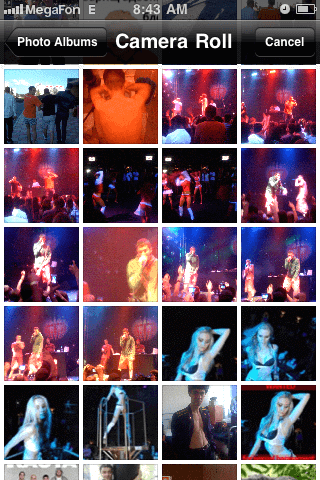


If you do have a subscription, you can add as many files as you want (up to your storage limit). Note: If you don't have an Microsoft 365 Family or Personal subscription, you can only add up to three files in your Personal Vault. In the Verify your identity dialog box, verify your account info and make note of your email address in case you want it for the next step. Read about Personal Vault and select Next or Continue (It varies depending on your device).

If you don't see the message or you dismissed it, browse to your OneDrive and select the Personal Vault folder. The first time you see Personal Vault in your OneDrive, you'll see a message where you can select Get started. You’ll need to set it up separately on each device where you want to use it. Personal Vault is a special folder in your OneDrive that’s protected by an extra layer of security. All your documents, photos, and videos in Personal Vault are easy to access from, your PC, or other capable devices. Personal Vault automatically locks after a period of inactivity and then you need to unlock it to get at your files again.
CREATE A SECRET FOLDER ON IPHONE WINDOWS 10
Personal Vault is available from OneDrive on the web, the mobile app, and from your Windows 10 PC. Removed part that called out other replies which were incorrect or not applicable.Personal Vault is available for OneDrive home and personal plans, not available in OneDrive for business, or work and school accounts. So technically speaking, you can access a hidden folder using Files.app, the "Recently Deleted"/".Trash" folder.Įdit: Rewrote comment. Trash in the root of "On this iPad"/"On this iPhone", which is the location where items from the aforementioned location are moved to when "deleted" using the Files.app. As mentioned above, programs will usually omit hidden items by default, as such it may be necessary to explicitly show them, for instance by adding the -a option to ls ( ls -a) in a-Shell.ġ One example for a hidden folder that is used by the system is. However, this restriction is enforced by the Files.app "frontend", and not by some underlying mechanism, as such it is possible to use third party apps like Textastic and a-Shell, which can obtain "direct" access to a folder via the i(Pad)OS Folder picker, to see and modify these hidden items. The Files.app implements restrictions on handling hidden items it is not possible to see or otherwise interact with them, and creating or renaming an item to begin with a dot yields an error that " these names are reserved for the system" 1. Apps can access the underlying location after being given permission via the folder picker. app internal storage, operating system files) are out of scope for this topic.įurthermore, there is a distinction to be made between the Files app ( Files.app) and the actual file locations, like "On this iPad"/"On this iPhone" and locations exposed by apps such as cloud storage providers. Items hidden in the sense of not being in a location accessible via the "Files" app (i.e. Programs typically omit these files by default when listing the contents of a location. Note: For the purposes of this response, "hidden" files and folders are items which have their name prefixed by a dot, i.e.myfile, a common example is the.


 0 kommentar(er)
0 kommentar(er)
